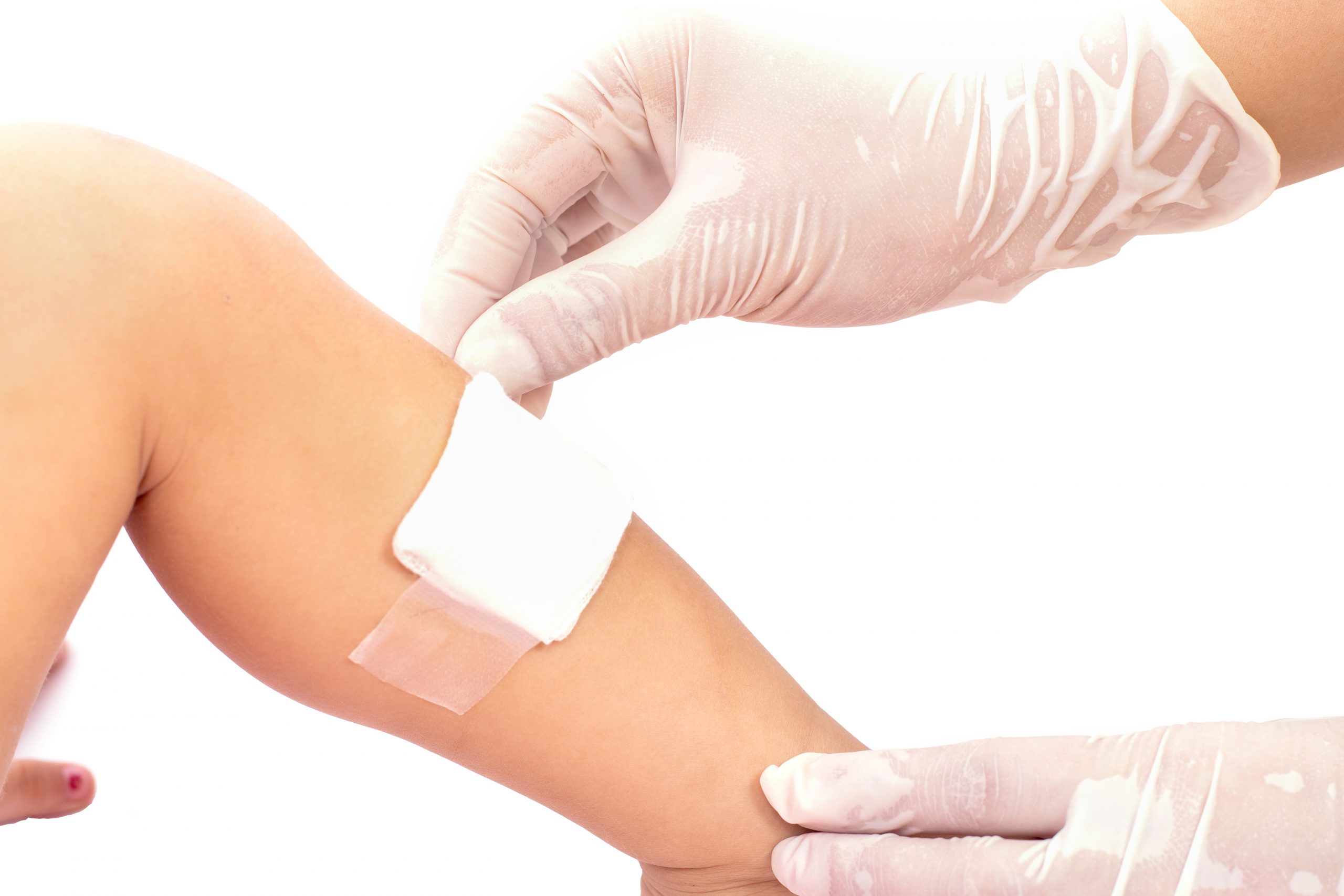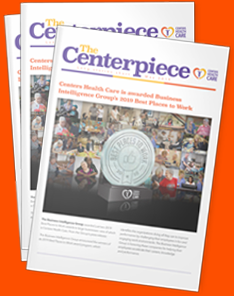The best way to prevent complications from wound care starts with creating an effective plan that predicts, modifies, stabilizes, and (ultimately) eliminates risk factors.
Ellicott Center for Rehabilitation and Nursing is sharing tips for the wound care-planning process.
Start With a Comprehensive Risk Assessment
The first things a physician should do is establish the goal, inspect the skin, and create a comprehensive risk assessment. There should be realistic, clear goals, such as the wound decreasing to a certain size in a certain amount of time. Include intermediate goals instead of just the end goal, which could be several months down the road and discouraging for the patient to see.
Create Interventions
These are measures taken to counteract the identified risk factors. They can include heel devices in shoes, pressure redistribution surfaces for beds and wheelchairs, and referrals for physical therapy. Secondary interventions like a dietary plan can also be identified here (for example, ingesting a sufficient amount of protein per day, which helps promote wound healing).
Involve the Patient
If an easy-to-understand plan is created and understood by the patient at the beginning of the process, and they are able to track clear goals and understand interventions, the process can be less intimidating for the patient, making them feel like the goals are something that they can attain by following the process on a daily basis.
To learn more about Buffalo Center for Rehabilitation and Nursing and all of the services they offer, visit https://buffalo-center.facilities.centershealthcare.org/.






